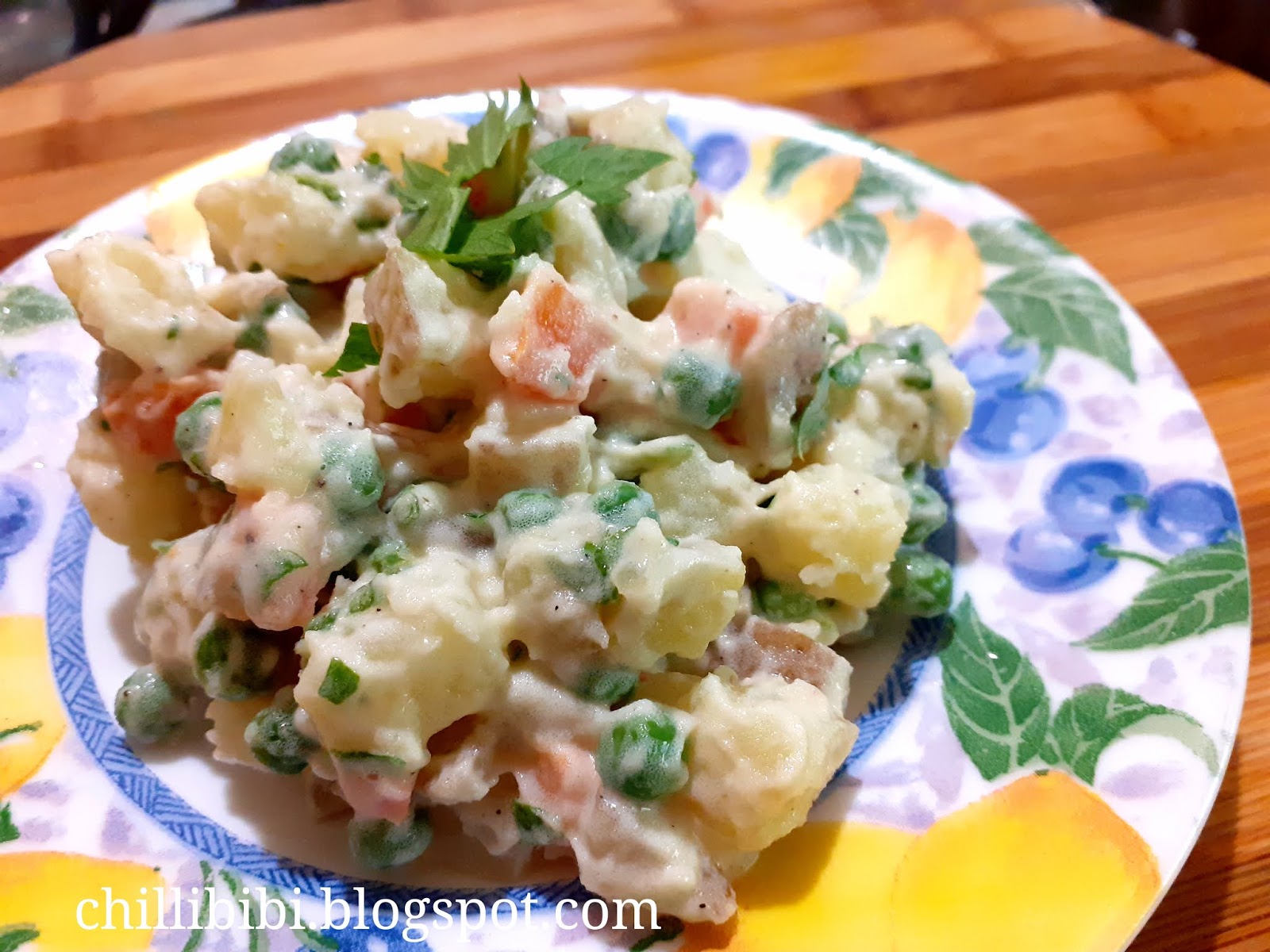Chillibibi, a taste of the good ole days
Those were de days, when yuh couda buy seven palourie for 25¢, a sunshine cheese balls fuh 25¢, tambrand balls, nutcake, sugar cake… Okay ah kinda gone off course deh, back to the chillibibi.
So it goes like this, ah was tinking bout chillibibi Friday evening and so ah ask meh fadda how to make it. The conversation went like this Me: Daddy how yuh make chillibibi?
Meh Fadda: Yuh does have to Patch the corn and then grind it and add the sugar

My dad also told me that my agee (grandma) used to add condensed milk to the chillibibi and make it into balls he called ‘satwa’. In the end, my chillibibi sent me back to my primary school days in ‘Vedic School’. I hope when you try this recipe it does the same. It’s worth the effort.If you're not from Trinidad and you're wondering how you eat chillibibi you drop some in your hand and lick it. It's really made for kids.
A note of caution, (thanks to a comment by Hisham) who reminded me, putting too much chillibibi all at once in your mouth is dangerous and can cause suffocation. Put a little in your hand and lick it slowly.
Cuisine: Trinidadian
Type: Dessert
Time: 1hr 40mins
Serves: *15+
Serves: *15+
Skill:Difficult
Kid Participation: Some
Ingredients
¾ c brown sugar
¼ - ½ c condensed milk (optional) (¼ c to 1c chillibibi to make ‘satwa’)
1 tb unsalted butter
Procedure
1. Separate the corn kernels from the husk by sliding a teaspoon in between a row of kernels and then moving the teaspoon backwards to force the kernels in front off the husk. Once you’ve done a few rows you can either continue using the spoon or you could use your fingers to pry the kernels loose a row at a time. I found using my fingers was easier once I used to teaspoon to open up a space between the rows.
2. Once you’ve got the kernels, check for any loose corn silk strings AND discard them.
3. Place kernels in a heavy bottomed pan on low heat. Stir every few minutes to brown evenly and prevent it from burning for about 40 minutes. This is what my agee calls ‘patching’. It will start to suspiciously give off an intoxicating popcorn smell but it will not pop (**unless you’re trying to use popcorn to make chillibibi, I don’t recommend it). Once all the kernels have turned browned (See picture above) pour into a bowl and cool.
6. If you want to make satwa with some of the chillibibi add the condensed milk (¼ c condensed milk to 1c chillibibi) and the butter until the mixture is moistened and then roll into lime size balls. This is what my dad calls ‘satwa’.
Tips
- Corn has to be mature, having dried on the stalk, not young corn that you boil or roast.
- See post History written in brown paper for instructions on making the conical brown paper packets for the chillibibi.
* It depends on how you portion it out. You really only eat small amounts of chillibibi.
** My dad says the corn used to make chillibibi is different from the one used to make popcorn.
Origin
Copyright © 2010 Chillibibi All Rights Reserved





Very interesting post as I never thought of how chilli bibbi was made before. Couldn't you just roast the corn first and then scrape off the kernels and grind it? I ask because this is the method as described in a recipe book from Dominica.
ReplyDeleteI doh know, probably, sounds like it could work but if you roasted the corn wouldn't it be soft on the inside? This is how my dad told me how to make it. I am not a chillibibi expert. Your way sounds easier though.
ReplyDeleteI need to make a correction, the corn I used is mature corn, it dried on the stalk. If you roasted this it wouldn't be soft.
ReplyDeleteI am no expert either. Maybe at eating it but certainly not at making it.
ReplyDeleteThis post brought back so many memories for me and my sister. Especially the caution note as my sister pointed out it happened to me quite a few times, but that never stopped me from eating it again. My sister makes her chillibibi using unsalted corn nuts. That eliminates the need to roast the corn kernels
ReplyDeleteWe had enjoyed this in our childhood in India. One more thing I found interesting, u call Grandma- Agee, same here in Mahārāshtra we call Ajee.
ReplyDeleteYes, i do believe this had an indian origin. My great great grandparents were from india. We have not kept much of the language but everyday words have been retained such as ghee, dahee, divali etc.
ReplyDeleteChillibibi came from the enslaved Africans that originally brought something called corn asham
DeleteThis comment has been removed by a blog administrator.
ReplyDeleteI love the gentle heat! MAHI's medium mild hot provides warmth with each bite—ideal for daily use and taste enhancement.
ReplyDeletemedium mild hot
cool
ReplyDelete